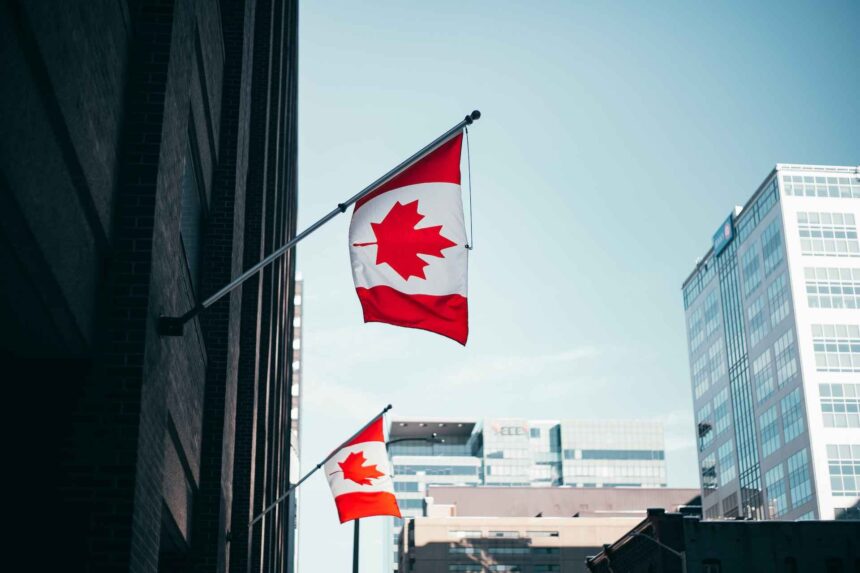Canada’s newest report, IRCC released the 2025 Annual Report to Parliament on immigration, lays out a plan to keep growth steady while matching newcomers to real labour needs. It details admissions in 2024, sets out priorities for economic streams, and explains how Ottawa will pace temporary resident volumes so schools, housing, and services can keep up.
Why the Report Matters Now
The report arrives after a high-growth period. In 2024, Canada admitted 483,640 permanent residents, up 2.5% from 2023. Economic classes accounted for 58.2% of all admissions. Ottawa says the direction is clear: keep pathways that fill persistent shortages, help provinces address local gaps, and offer stability to applicants already contributing in Canada.
What’s Changing for Applicants
- More draws that target in-demand skills
- A stronger role for provinces through the PNP
- Preferential space for qualified temporary residents already in Canada
- Continued room for family sponsorship and protected persons
IRCC Released the 2025 Annual Report to Parliament on Immigration: Key Takeaways
1) Economic Class Remains the Main Driver
Economic programs continue to power results:
| Program | 2024 admissions |
| Express Entry | 134,980 |
| Provincial Nominee Program | 114,905 |
| Atlantic Immigration Program | 8,055 |
| Caregiver & other pilots | 12,425 |
Express Entry included category-based rounds for French, healthcare, STEM, education, trades, transport, and agri-food occupations. Regional streams like the PNP and AIP helped spread growth beyond major hubs.
2) Calibrating Temporary Resident Volumes
Ottawa plans to bring temporary residents (including workers and students) below 5% of the population by 2027. A practical path is to transition qualified people already here into PR, while limiting fresh inflows to levels communities can absorb.
3) A Stronger Francophone Target
The federal target is 12% Francophone admissions outside Quebec by 2029. This supports minority-language communities and directs talent to regions that need bilingual workers.
Family and Humanitarian Streams Still Matter
Family reunification welcomed 105,990 newcomers in 2024 across spouses, partners, children, parents, and grandparents. Protection pathways admitted 76,685 people through government-assisted, privately sponsored, and other routes. These programs keep families together and uphold Canada’s long-standing role in offering refuge.
What This Means For You (Applicants & Employers)
Applicants can expect more predictable processing within focused categories, especially if skills match listed priorities. Employers should plan around programs that align with their sector, healthcare, trades, construction, transport, and tech remain central.
Pro Tip for 2025-2028
- Build documents that prove real Canadian experience (work, education, language).
- Watch provincial priorities; many are publishing tighter occupation lists.
If you’re a temporary resident in Canada, explore PR pathways early, not at permit expiry.
IRCC Released the 2025 Annual Report to Parliament on Immigration Points to Steady, Skills-First Growth
The IRCC released the 2025 Annual Report to Parliament on immigration sets a measured course: keep economic streams strong, pace temporary resident volumes, and support Francophone and regional goals. For applicants with in-demand skills and for employers with real vacancies, this is a clear signal to plan PR strategies now.
Ready to Explore Your Options for Canada PR?
ImmigCanada can guide you through every step, from choosing the right economic program to preparing a strong application under updated IRCC policies. Whether you are a skilled worker, temporary resident, or planning to sponsor a family member, our licensed experts can help you map out the best pathway. Contact ImmigCanada today to get a personalized assessment and start your move toward permanent residence with confidence.


Leave a Reply